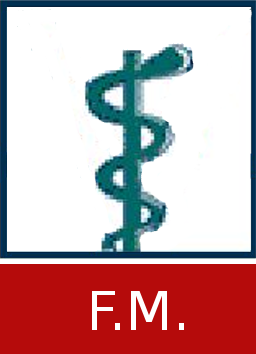Thesis, COLLÉGIALITÉ
Cambier, Alessia 
Promoteur(s) :
Espuny Camacho, Ira Mercedes 
Date de soutenance : 4-sep-2023 • URL permanente : http://hdl.handle.net/2268.2/18009
Détails
| Titre : | Thesis, COLLÉGIALITÉ |
| Titre traduit : | [en] Characterisation of Alzheimer's disease human transgenic brain organoids as models of disease |
| Auteur : | Cambier, Alessia 
|
| Date de soutenance : | 4-sep-2023 |
| Promoteur(s) : | Espuny Camacho, Ira Mercedes 
|
| Membre(s) du jury : | Delacroix, Laurence 
Engel, Dominique 
Vandewalle, Gilles 
|
| Langue : | Anglais |
| Nombre de pages : | 102 |
| Mots-clés : | [en] familial Alzheimer’s disease (fAD), sporadic Alzheimer’s disease (sAD), human pluripotent stem cells (hPSC), brain organoid, functional studies |
| Discipline(s) : | Sciences de la santé humaine > Neurologie |
| Centre(s) de recherche : | GIGA-Stem Cells / GIGA-Neurosciences, Laboratory of Molecular Regulation of Neurogenesis |
| Public cible : | Chercheurs Professionnels du domaine Etudiants |
| Institution(s) : | Université de Liège, Liège, Belgique |
| Diplôme : | Master en sciences biomédicales, à finalité approfondie |
| Faculté : | Mémoires de la Faculté de Médecine |
Résumé
[en] Alzheimer’s disease (AD) is the most common age-related neurodegenerative disorder associated with progressive memory loss and cognition impairment in patients. Most cases are late onset AD (LOAD) or sporadic AD (sAD) whereas few cases are early onset AD (EOAD) comprising both sporadic and rare familial cases (fAD). Both are characterised by the presence in brain tissue of extracellular amyloid beta (Aβ) plaques and intracellular neurofibrillary tangles composed of hyperphosphorylated tau protein. Missense mutations that are causative of fAD have been identified in three genes that are essential for the generation of Aβ peptides: APP (encoding amyloid beta precursor protein), PSEN1 (encoding presenilin-1) and PSEN2 (encoding presenilin-2). Current AD animal models are based on the presence of fAD-causing mutations, however, those models fail to recapitulate all AD hallmarks. So, there is still a need of developing more accurate models useful for the discovery of early therapeutic targets.
In this project we generated 1) a fAD-like model through the expression of APP carrying mutations from AD families, and 2) a sAD-like model through the exposure of human brain organoids to an external source of A peptides. Our aim is to characterise these organoids at different time points in culture and study the alterations caused by the transgene expression or the external source of A on cell identity, cell survival, and appearance of AD hallmarks by immunofluorescence stainings, RT-qPCR, and neuronal function assays such as life calcium imaging. Interestingly, our preliminary results show that fAD-like and to a lesser extent, sAD-like brain organoids, present early AD neurodegenerative features that may be correlated to the presence of A species: a loss of neuronal markers and a differentiation into a more glial cell fate, more apoptotic cells with a reduced cell density suggesting neuronal death. These cellular alterations are consistent with an altered neuronal activity. However, a more in-depth characterisation of these models, for amyloid and tau pathologies, and for later time points, is necessary to confirm these observations and to assess the relevance of these models for the study of familial and sporadic forms of AD.
Fichier(s)
Document(s)

 Master's Thesis 2022-2023 - Alessia Cambier S181761.pdf
Master's Thesis 2022-2023 - Alessia Cambier S181761.pdf
Description:
Taille: 4.53 MB
Format: Adobe PDF
Citer ce mémoire
L'Université de Liège ne garantit pas la qualité scientifique de ces travaux d'étudiants ni l'exactitude de l'ensemble des informations qu'ils contiennent.


 Master Thesis Online
Master Thesis Online




